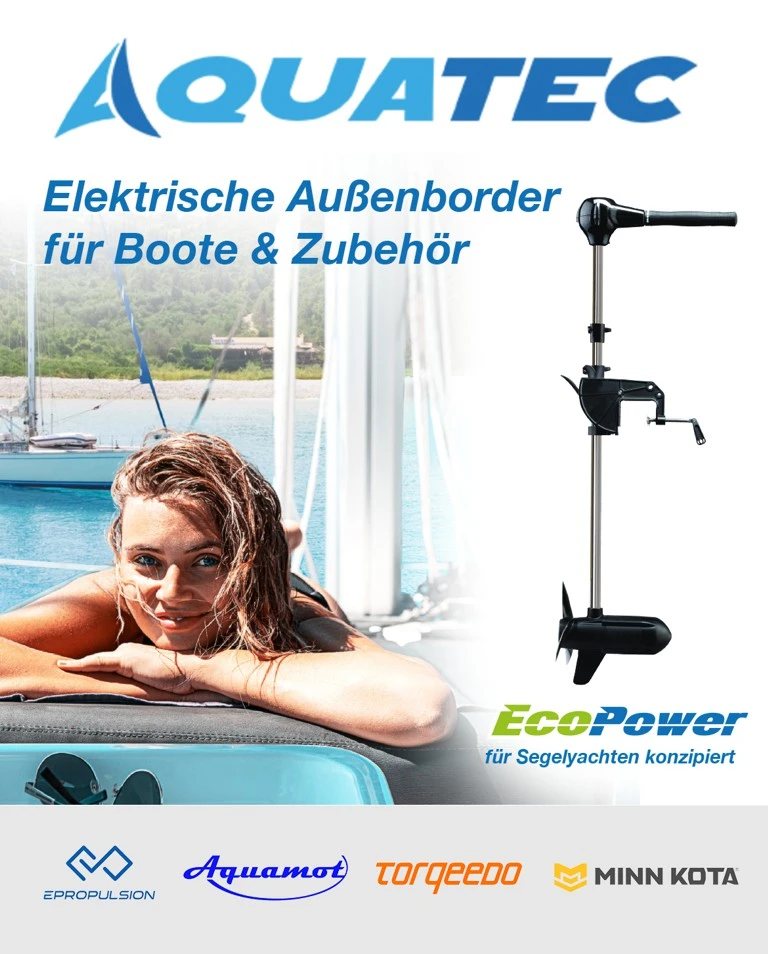Velocities
Speeds and their limits
A stronger lull valve brings higher speeds? This is only partially correct, because most yachts and boats (specifically: displacement boats) have a design-related maximum speed: the hull speed. Even with more powerful and powerful boat engines and outboard motors, this speed could no longer be increased. The reason lies in the propagation speed of the self-generated bow and stern wave. The faster the boat goes, the more the wavelength of the bow wave increases – until the bow and stern waves overlap and the boat virtually "holds" in this wave system. Long boats ("length runs") can therefore reach higher speeds than shorter boats. Another important piece of information about speed indicators from engine manufacturers: these measurements always refer to the optimal environment on the water (e.g. absolute calm) and are carried out with particularly light boats. This makes it all the more important to test under realistic conditions – as Johannes Vogelhuber does again and again – and to test these Test results for the engine decision . It is also important to know that the consumption of an electric motor is indirectly proportional to speed:
- When the cruise control is turned halfway, the motor only needs around 30% of the energy needed to reach full speed.
- However, the boat is only 25% slower than at full speed with this 30% consumption!




